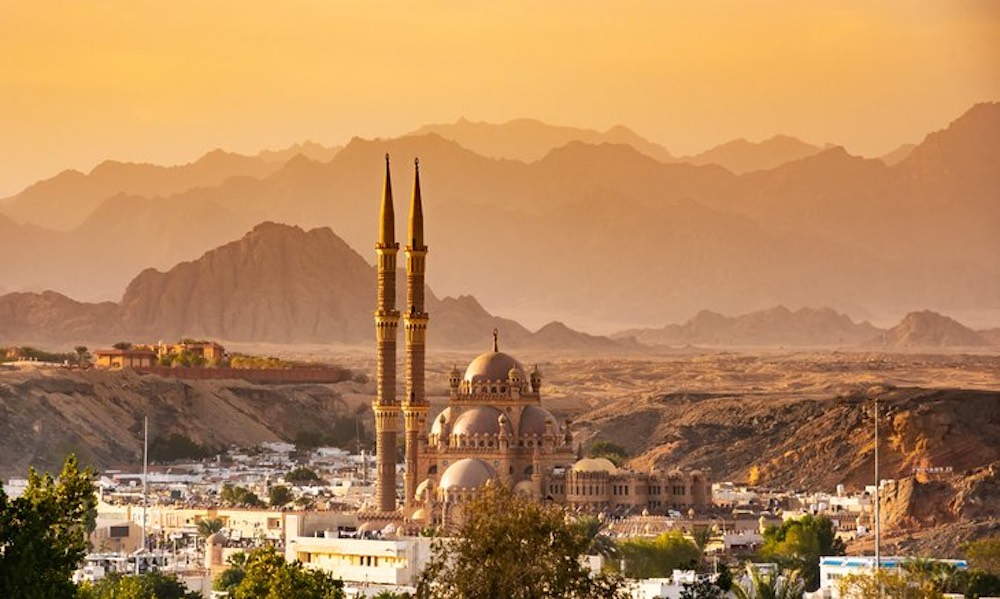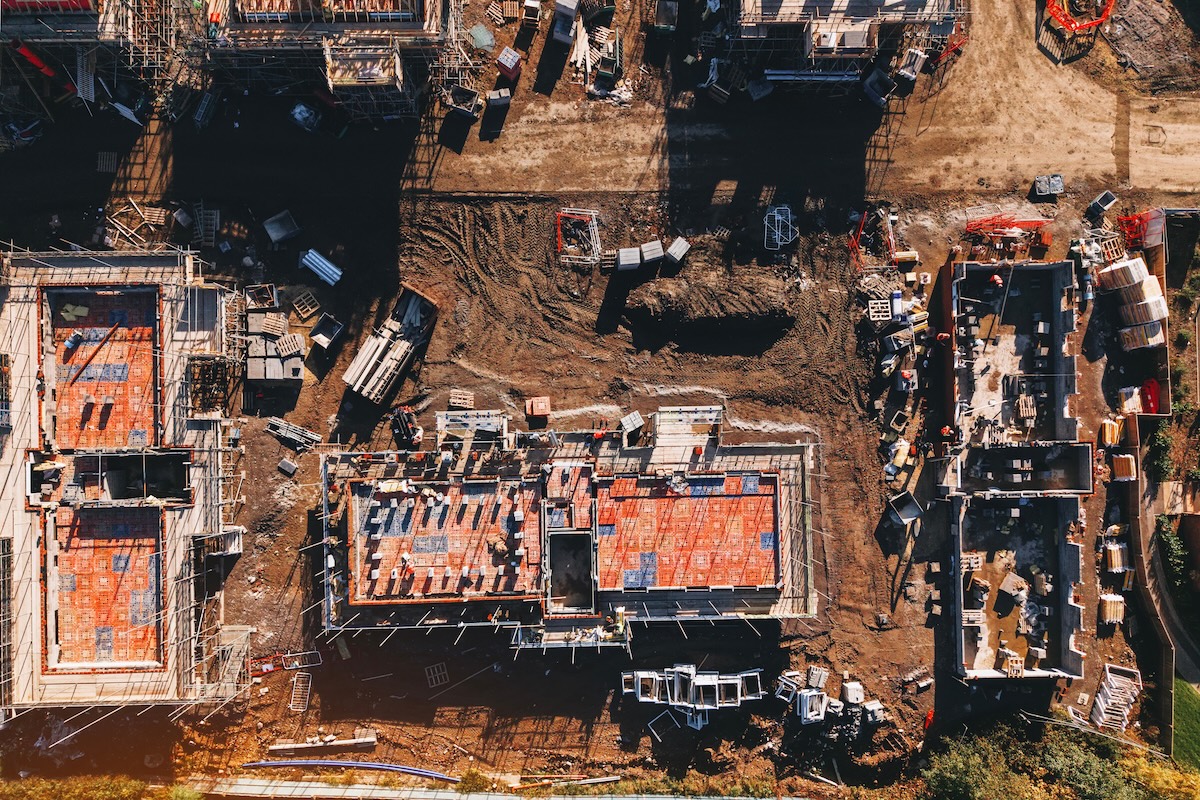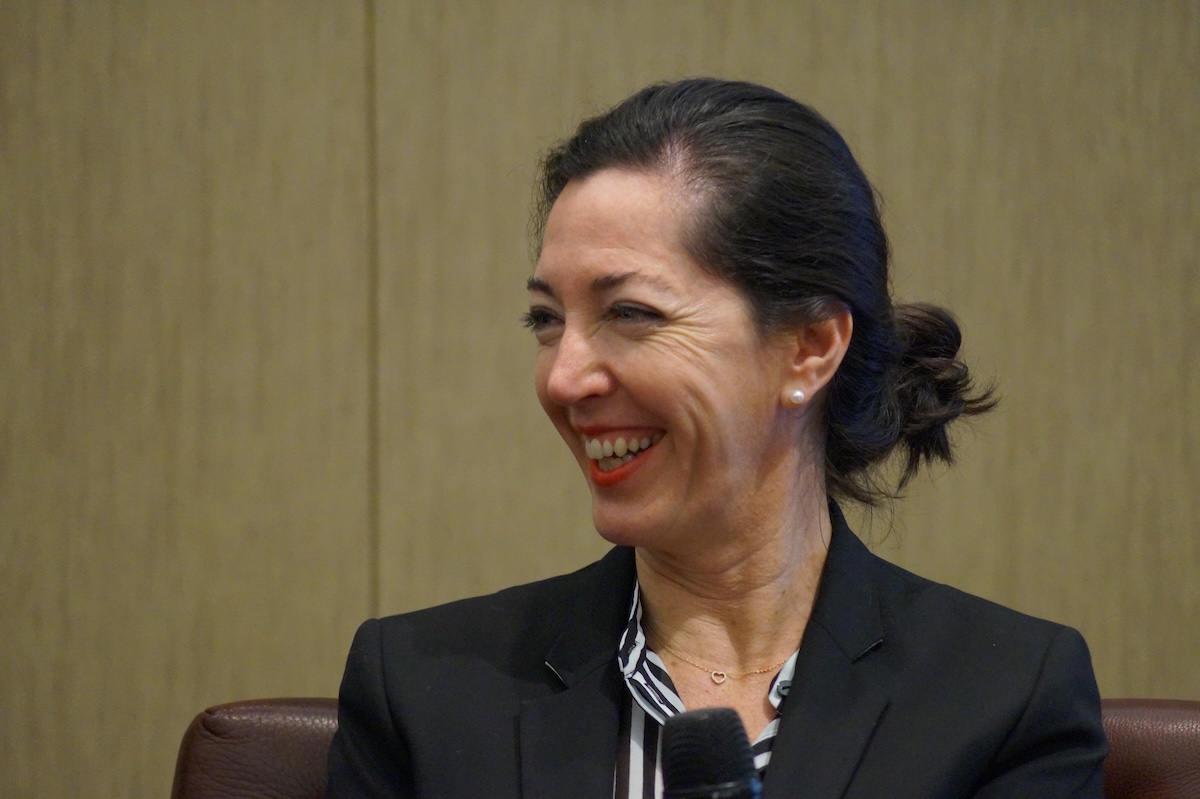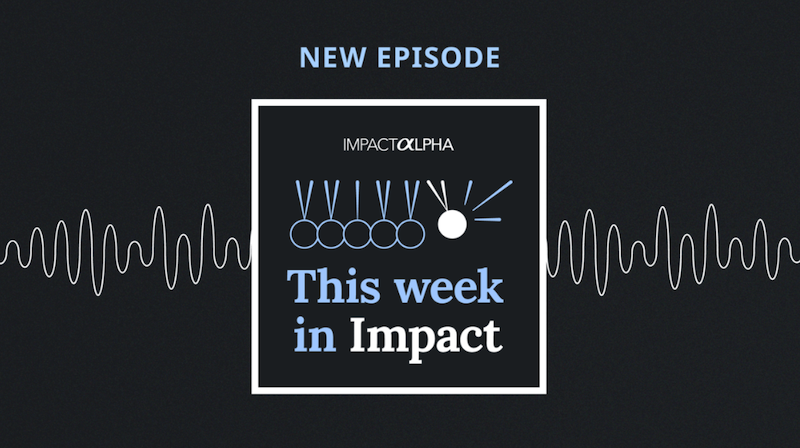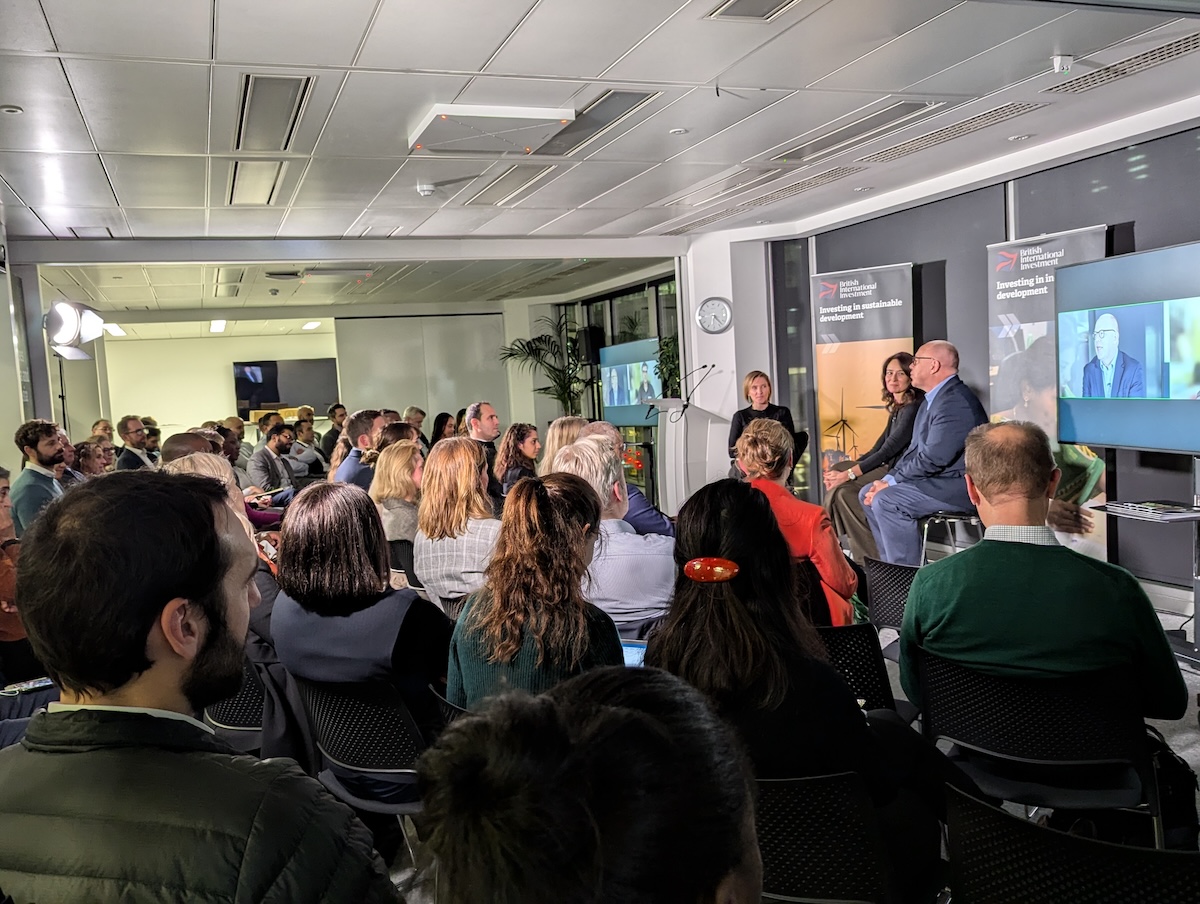ImpactAlpha, Oct. 26 – Climate action is facing mighty headwinds just two weeks before the COP27 global climate summit kicks off in Sharm el Sheikh, Egypt. Expectations are low for the 27th annual “conference of the parties,” which reached a high point in 2015 with the Paris climate agreement.
This year, as countries grapple with a war in Europe, soaring energy costs and spiraling inflation, a global financial alliance aimed at accelerating the transition to net-zero greenhouse gas emissions has been backpedaling. Government leaders are distracted or hamstrung by domestic concerns. A U.N. agency last month declared, “We are headed in the wrong direction.”
In the face of these challenges, the focus is shifting to creative workarounds, particularly in delivering much-needed capital to developing nations on the front lines of climate change.
“We developed countries need to make good on the finance goals that we have set, however we can, by whatever creative methods we can, to maximize the impact of our resources,” U.S. special climate envoy John Kerry told the Council on Foreign Relations Tuesday. Kerry talked up the need to de-risk investments in developing markets in order to bring in trillions of dollars in private capital that he says is sitting on the sidelines.
Concessionary finance and blended capital, however, are unlikely to bridge the yawning gap in capital needed to help developing countries transition their energy sources and adapt to a changing climate. Wealthy nations have not made good on promises made in Paris to deliver $100 billion a year to nations that have contributed little to global warming but bear its greatest burdens.
Beyond that, vulnerable nations are demanding help to pay for the devastating impacts of droughts, floods and other extreme weather events that have been made worse by decades of emissions by developed countries. “Loss and damages” is set to be a flashpoint at COP27. At last year’s COP, in Glasgow, Scotland, wealthy nations agreed to explore the compensation issue. But they have balked at making commitments and the issue is unlikely to be resolved in Sharm el Sheikh.
“It’s pretty hard to argue there that you don’t have a certain responsibility to step up and make things happen,” said Kerry, who noted that 48 countries in sub-Saharan African countries contributed about half of one percent of global emissions, while 20 rich countries are responsible for 80% of all greenhouse gas emissions.
“But you’ve got to make things happen that can work, that can be functional in your own political system, that actually can deliver money here and do what you need to do,” Kerry said.
Ah, politics. Domestic concerns are taking priority over global climate funding in many countries. Under former President Trump, climate aid to developing countries was zeroed out. President Biden mustered $5.6 billion this year, and has proposed to double that to $11.4 billion next year. But any climate funding would have to be approved by Congress and with Republicans poised to take back one or both branches of Congress in next month’s midterm elections, such funding may be impossible to secure.
“We’re also looking at several other ways” to channel funds to developing countries, Kerry told The New Yorker’s Bill McKibben. Among them: pressing the World Bank and other multilateral development banks to increase concessional lending to draw in private investment.
Kerry told McKibben he is also exploring ways to “set up a deal in which the private sector gets some kind of financial credit for doing something.”
(Not so) great expectations
The diminished expectations for global action are in contrast to the renewed momentum in the U.S. This year, President Biden signed two of the most transformational climate bills ever, the bipartisan infrastructure act and the Inflation Reduction Act. The IRA, said Kerry, “will create enough clean energy to power every home in America by 2030, deliver three times more clean energy on the electric grid, and slash carbon pollution by a billion metric tons annually by the end of this decade.”
And the U.S. is poised to sign the Kigali amendment, an international treaty to phase out hydrofluorocarbons, chemicals used in refrigeration that are a potent greenhouse gas.
Kerry expects progress on public and private sector initiatives, such as the Agriculture Innovation Mission for Climate, which aims to mobilize capital for climate-smart agriculture. AIM was launched at last year’s COP by the U.S., United Arab Emirates and dozens of countries and non-government partners. The First Mover’s Coalition, also announced at COP26, is a group of 50 corporations looking to bring down costs for critical decarbonization solutions by committing to advance purchases at premium prices.
But Kerry might be facing a tougher challenge than he realizes in mobilizing global capital. Announced with great fanfare at COP26, members of the Glasgow Financial Alliance for Net Zero, or GFANZ, have backtracked in the face of rising oil and gas prices and attacks on environmental, social and governance, or ESG, investing.
Key members, including JPMorgan Chase, Morgan Stanley and Bank of America, have threatened to drop out of the alliance, leading GFANZ to soften the requirements for membership.
Relations with China have soured. Kerry said he holds out hope for cooperation, but right now, talks between the two superpowers on climate action “are in limbo.” Several other countries have yet to raise their emissions-reduction commitments. “I don’t expect Sharm to get 100% alignment,” he said.
Finding the right blend
Climate-focused blended finance transactions have slumped over the past three years, from $36.5 billion between 2016 and 2018 to just $14 billion from 2019 to 2021, according to a report released today by the blended finance data tracker Convergence.
Annual investments in blended finance across the board have also faltered. After years of slow but steady growth in new commitments, blended-finance funding fell by half in 2020 as the pandemic sliced into cross-border investment. Last year saw a slight recovery to $7.1 billion, but overall funding is still well below 2019 levels, Convergence reports.
The lack of catalytic capital from the large development finance institutions and multilateral development banks is hindering growth in blended finance, according to Convergence’s Joan Larrea.
In the face of intense calls for them to put more money into attracting private investment to combat climate change, the heads of both the International Monetary Fund and the World Bank recently promised to do more. But until the MDBs start actually deploying funds, private capital will stay on the sidelines, Larrea cautions.
“There’s been no sea change in the amount of support that fully commercial investors can expect out of a catalytic party,” she said. “All things being equal, [investors will] stay home, hunker down and preserve capital.”
The global macro environment hasn’t helped. The general falloff in foreign direct investment during Covid has also hit blended finance flows, Convergence notes. And the proportion of funding targeting climate change has also fallen, dropping from nearly three-quarters of the overall market between 2016-2018 to only three-fifths between 2019-2021.
The bleak numbers may be hiding some good news, Larrea told ImpactAlpha. Climate adaptation – helping people cope with the effects of a changing climate – is growing sharply, albeit from a low base, with investments during the three years from 2019 to 2021 up by 72% compared with the prior three years. Of the $108 billion in blended climate transactions to date, just $6.9 billion was purely focused on adaptation.
“Adaptation finance is full of externalities: If I don’t chop this tree, I don’t get any revenue out of it, but you get some carbon,” she explains. “How do I make up for the fact that I’m not chopping the tree down? Blended finance is really, really good at structuring for things like that.”
And as large-scale renewable energy projects become more financially viable without incentives or subsidies, investors have less inclination or need to look for alternative modes of funding.
One reason blended-finance deals for climate mitigation are shrinking, she says: “More and more of this is just plain old investable.”



